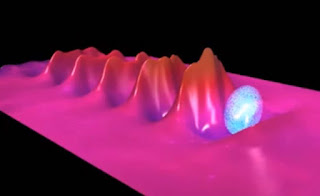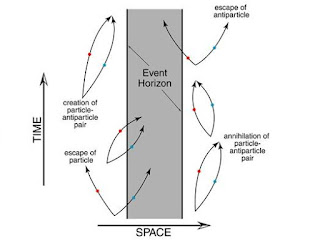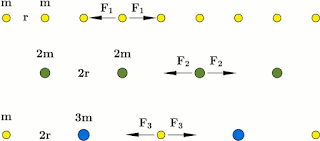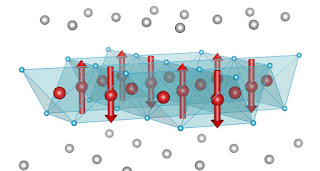It's no secret that everyone has their "place". That one location that seems to spark greatness. For me, I have come to realize, that space is the 4:34 train home. It seems odd to me. It's at the end of the workday when my mind is usually the most tired, but the moment the train pulls off, my brain is in motion.
My place used to be right on top of my grandfather's old station wagon. I would climb up there and stare at the clouds. Clouds became images, shifting from floating cotton balls to flowers, fairies, witches and more. Before long I had planned out an entire scene in my head. When my mother would call me to come inside, I'd run to my stack of notebooks and write down all that I had imagined.
I suppose as we grow, shift, change (quite like those clouds), that place of inspiration does as well. For me now, it is the train ride home. It fuels me and gets me ready for my 5-year-old who will be in either ninja mode, ready to take down the villains who chase our car as we drive home or video gamer mode, telling me of all the levels we have to beat in order to make it to safety. My imagination runs wild on that train ride home so that I am able to keep up with him.
Yesterday's Ride sparked me to type up this on my phone: A start of something new? Its unfinished but hopefully you enjoy it!
Derailed
Have you ever caught a glimpse of something out of the corner of your eye but when you looked, it wasn't there?
This is what happened.
Riding the Metra home from another long day at the office. Four days in a row, same location Just at the pickup point for the train’s workers. We stop, usually at this point I'm looking at my phone catching up on what's happening on Facebook. The usual, killings in the city, politics the freak show that is the presidential campaigns, on and on and then, there it is. Large, black and in the corner of my eye. I turn started but there is nothing. A sigh of relief and on with my scrolling. This job is stressing me out.
The fifth day, I don't see it. The ride is smooth. Halfway way to my destination. Just another fifteen minutes until I trot to my car 22 minutes until I dig into that pint of cherry vanilla ice cream waiting for me. The train stops. Everyone is obviously annoyed by the delay, me in particular. I want my ice cream!
This is nothing new. It happens. I sit, wait, and plug my phone into the convenient outlet next to my leg. As I pop the cord into my phone, the lights flicker and then go out. The tape that lines the floors walls and doors start to glow. It is later now, much later than my usual ride home. A Thursday, I stayed two extra hours to avoid surrendering another Friday night to the time clock.
Some people sigh, others start to complain. I slowly pull my jacket tighter around me. I don't do well in the dark. Especially on a train sitting just after the 87th street stop. I remember the post I read about a shooting that occurred just blocks away the day before. I want to duck for cover.
The conductor comes. He assures us everything is fine, just a power outage, we will be up and running in no time. Right, because what else would he say? We're all screwed and help is an hour away or more?
The battery on my phone is at 80% but just in case I switch the power saving mode on, close all apps and put it in my pocket. Maybe they will let us walk to the nearest stop. I could call a ride.
Screams from the car ahead of us startle me. Moments later the sound of nails, large, scratching against the side of the train, ring out. We all try to look out to see what it is but there is nothing, only darkness outside of the tinted windows.
The old woman across from me is clutching the pendant hanging around her neck, I cannot see what it is but she starts to pray and I send up a silent plea for safety of my own.
“Is there a doctor? Someone, please help! Call 911!” The Cries ring out in succession.
Then the train shakes. Over and over something slams into the side until we start to tilt. I jump and move to sit next to the woman. I hold her tight to me and brace as the train makes its final tilt before crashing into the ground. My body serves as a cushion for the old woman who weeps on my arm. I have no time to comfort her. Ahead of us in the car there are screams again. This time, no words, just sheer panic. I wait with everyone else in silence. The roar, the growl, something is there. We have to move. I try to help the old lady but she tells me no. She cannot make it. Instead, I cover her as best I can in bags, and clothing from others. “Be still, be quiet,” I whisper as I leave her behind and hope for her safety.
The window where I sat before is shattered. I can make it through. It takes effort but I do, I climb and I am on top of the toppled train. I hear the beast, whatever it is, moving through the cars headed for us.
My cell works. I call 911 but they can’t hear me as I whisper into the mike. I try again and the same. “Please, ma’am you have to speak up!” My third attempt at reporting the incident is halted. It enters the car where I once was. Large, black and covered s in a thick matted fur it stalks the remaining survivors. If I speak, even a whisper it will spot me. I end the call and lock my eyes on the old woman. I can see only the tip of her show. I pray it misses her. I cannot explain it but I care only for her.




















